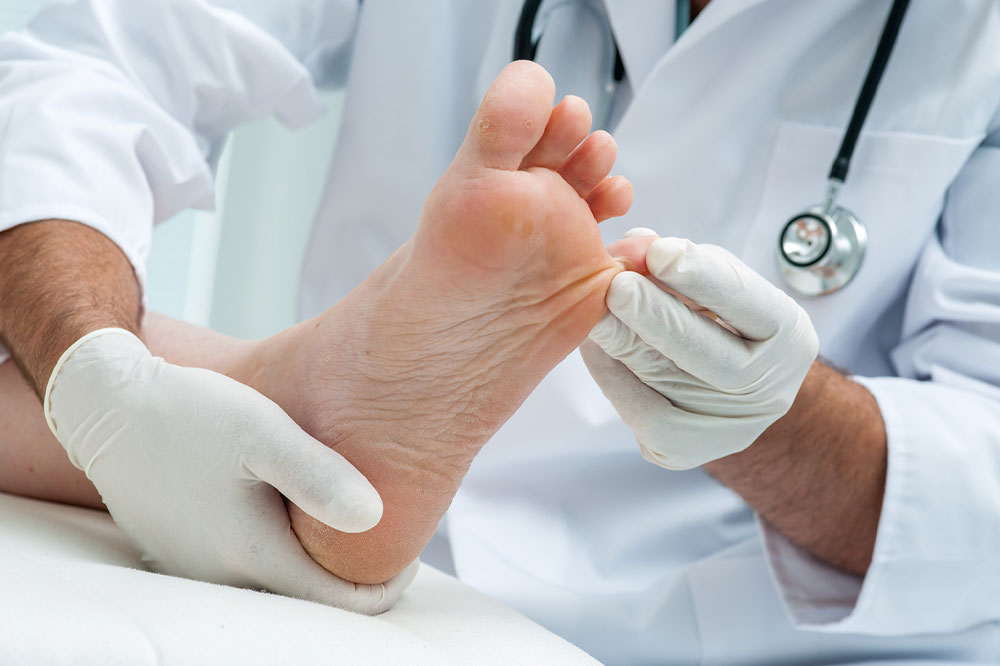
Nail psoriasis – Causes, symptoms, diagnosis, and management
Nail psoriasis is a skin condition that affects the nails and the surrounding tissues, causing them to become red, thickened, and covered with silvery scales. It is common in people with a history of psoriasis or who have had certain infections before birth (fetal infection). The disorder should not be confused with pityrosporum folliculitis or candidiasis. This post discusses the common symptoms of nail psoriasis, its causes, diagnosis, and management options.
Causes
The exact cause of the condition is unknown. Experts believe psoriasis is an autoimmune condition that occurs when the body produces new skin cells faster than usual. The new cells move upwards toward the surface and cause inflammation, irritation, and other discomforts. Besides affecting the skin, the reaction affects the nails in people with nail psoriasis. If left untreated, the nails could suffer permanent damage, especially if exposed repeatedly through daily activities like washing dishes.
Symptoms
Nail psoriasis can cause the nails to become thick, brittle, and discolored. Thicker nails are more prevalent in people with a severe form of the condition. Nail pitting and redness around the nail bed are also common signs. Sometimes, a person’s nails may start peeling and separating from the nail bed. If one has severe symptoms of this condition, they should see a doctor immediately. The health professional will recommend treatment depending on the type of symptoms.
Diagnosis
Diagnosis is not complicated. Health experts perform a physical examination, analyzing the affected areas and looking for symptoms. Once other ailments are ruled out and psoriasis is confirmed, the doctor determines the problem’s severity before recommending treatment options. While nail specialists diagnose and treat nail psoriasis, one can also see doctors or other healthcare professionals specializing in skin disorders like eczema or dermatitis.
Prevention and management
Depending on the situation, doctors may develop a treatment plan to manage the symptoms, so they do not interfere with the patient’s daily activities. In addition, the following self-care tips are recommended to keep the nails healthy and prevent psoriasis from returning:
Keep the nails short
Taking care of the nails and hands is essential, especially if one has nail psoriasis. The nails must be trimmed regularly. One can use a manicure kit to clip them at an angle and file off excess nail growth. However, the nails should not be cut too short as it can lead to ingrown toenails, which can hurt even after treatment.
Use moisturizing lotions
It is advisable to moisturize hands and nails daily. Moisturizing creams help keep moisture in the skin during dry days, which reduces irritation and swelling caused by dryness (and thus inflammation). When buying skincare products, one should look for ingredients like vitamin E, which helps combat free radicals that cause nail damage. Such products prevent inflammation in the long term.
Wear gloves
Those with psoriasis usually have sensitive skin. So it is best to wear gloves when washing dishes or using chemicals that may irritate the skin around the cuticles. In addition, the hands must be dried thoroughly after exposure to water. It is a simple yet effective tip to prevent discomfort and manage the symptoms.
Nail psoriasis is a chronic skin condition that can lead to severe damage, causing the nails to become thickened and ridged. If a person has the disorder, it is crucial to understand what causes it and how to treat it.




